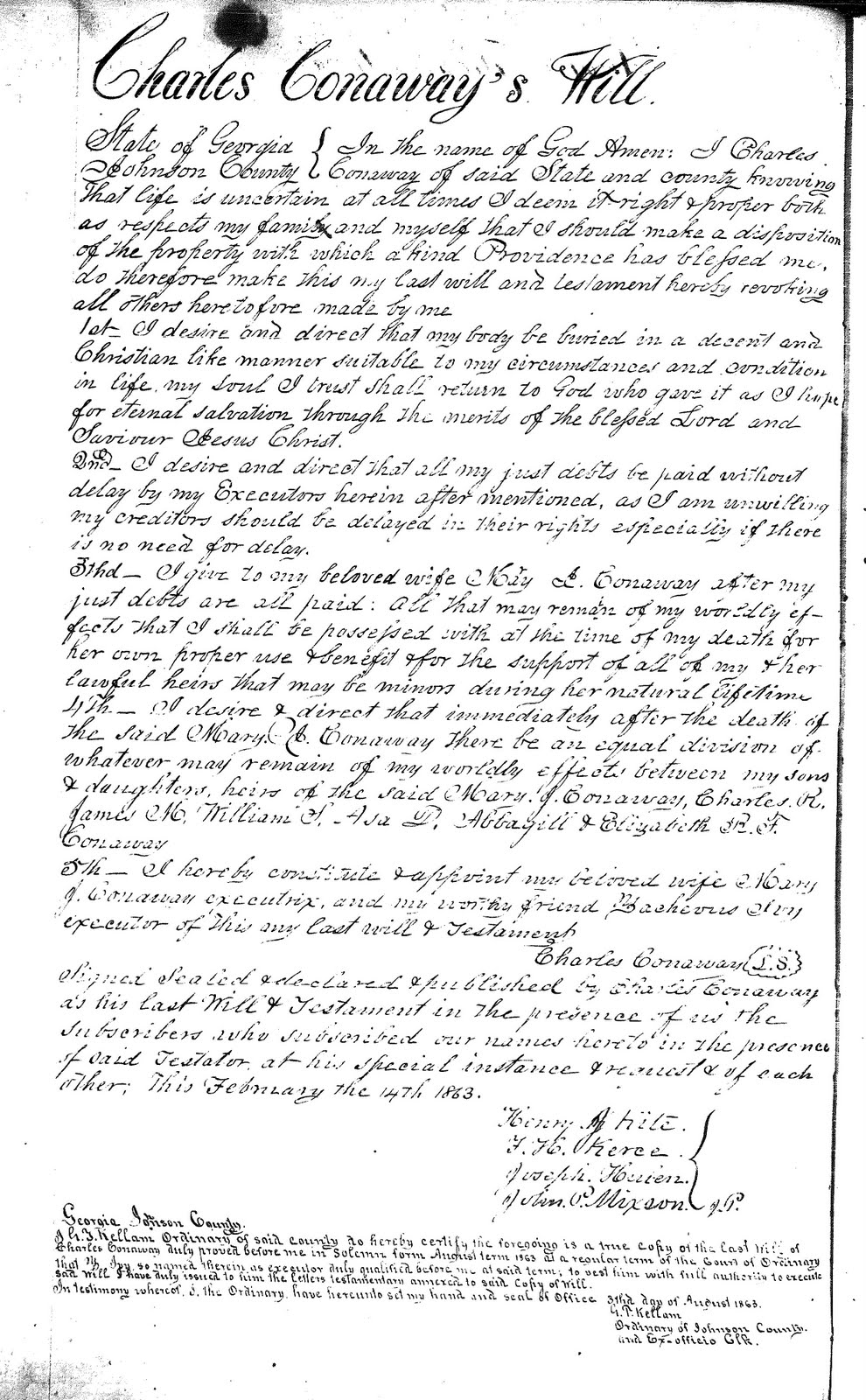 When your genealogical research turns up zero, establishing facts for elusive ancestors is tough. One solution is to research around the facts and thus eliminate persons in that generation. We need to determine who is who and prepare a family group sheet for that family irregardless of whether or not they are directly related. This process documents a family and eliminates them. First, locate your ancestor's surname in nearby counties and states. Then search court house records -- deeds, wills, tax records, estates, etc. and establish the facts for each person. Next, complete a family group sheet on that family, noting the sources you used. Proceed accordingly on all questionable families, thus identifying each person of the era and location. Third, examine each family group sheet. Look for nicknames. For example, Betsy, b. ca 1757 could be your Elizabeth, b. 1759. Fourth, once everyone is identified you probably have a number of loose persons for whom you need to discover more information. Try to trace that person so that he may be either identified or elimated; use marriage records, estates, etc. In the earliest pioneering days the eldest son inherited the farm while others went into other acceptable occupations such as physicians, ministers, etc. This took them away from the home place. In other words, erase confusion by identifying and eliminating all families in prescribed areas having your same.
When your genealogical research turns up zero, establishing facts for elusive ancestors is tough. One solution is to research around the facts and thus eliminate persons in that generation. We need to determine who is who and prepare a family group sheet for that family irregardless of whether or not they are directly related. This process documents a family and eliminates them. First, locate your ancestor's surname in nearby counties and states. Then search court house records -- deeds, wills, tax records, estates, etc. and establish the facts for each person. Next, complete a family group sheet on that family, noting the sources you used. Proceed accordingly on all questionable families, thus identifying each person of the era and location. Third, examine each family group sheet. Look for nicknames. For example, Betsy, b. ca 1757 could be your Elizabeth, b. 1759. Fourth, once everyone is identified you probably have a number of loose persons for whom you need to discover more information. Try to trace that person so that he may be either identified or elimated; use marriage records, estates, etc. In the earliest pioneering days the eldest son inherited the farm while others went into other acceptable occupations such as physicians, ministers, etc. This took them away from the home place. In other words, erase confusion by identifying and eliminating all families in prescribed areas having your same. Genealogy Records in Alabama, Georgia, Kentucky, North Carolina, South Carolina, Tennessee and Virginia
Get More Genealogy Real Estate
 | JOIN 8 Genealogy Websites |